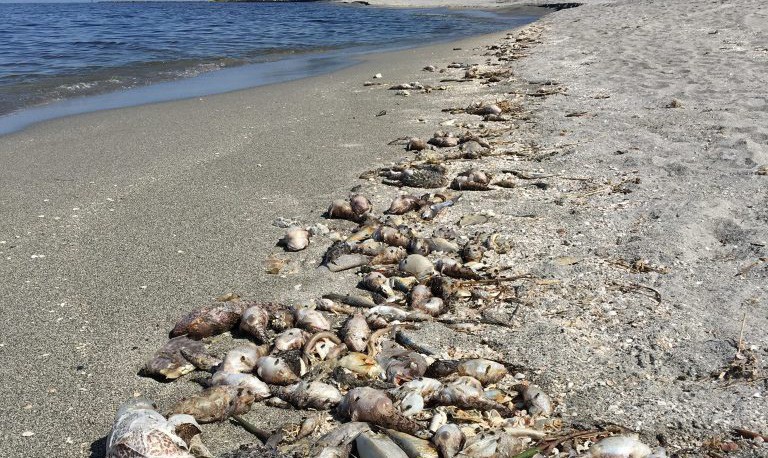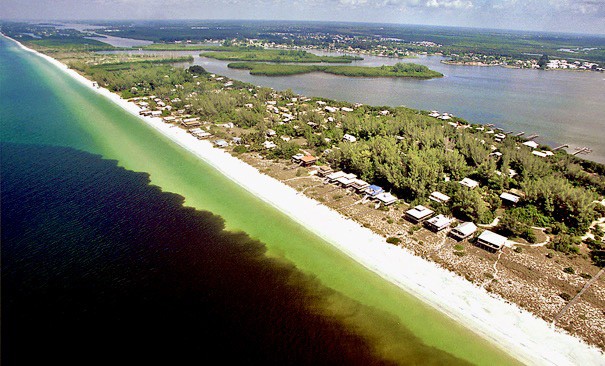This article is adapted from an article originally published by the University of Miami
Red tides caused by the algae Karenia brevis have become a near annual occurrence along the west coast of Florida, causing widespread ecological and economic harm. A new study analyzed 16 years of oceanographic data from across the West Florida Shelf to examine the frequency of hypoxia, or areas of low oxygen, and their correlation with harmful algal blooms.
A new study in the journal Harmful Algae* has found that when red tides begin in early summer and continue into the fall, low oxygen areas—called hypoxia or dead zones—are more likely to co-occur with harmful blooms. This research by scientists at the University of Miami’s Rosenstiel School, NOAA’s Southeast Fisheries Science Center, and AOML is the first to systematically link hypoxia to red tides on the west coast of Florida. It offers new information to better understand the conditions that are favorable for multi-stressor events, as both hypoxia and harmful algal blooms are expected to increase as the Earth continues to warm.

Red tides are a near annual occurrence off the west coast of Florida, caused by blooms of the algae Karenia brevis and fueled in part by excess nutrients in the ocean. These algae blooms turn the ocean surface red and produce toxins that are harmful to marine mammals, sharks, seabirds, and humans. The toxins cause a range of issues from respiratory irritation, to localized fish kills, to large-scale massive mortalities of marine life.
“These events are so disruptive that they are being incorporated in population assessments of some grouper species for use in fishery management decisions,” said Brendan Turley, a University of Miami-Cooperative Institute assistant scientist with NOAA’s Southeast Fisheries Science Center and lead author of the study. “During the 2005 red tide that also had hypoxia, it was estimated that about 30% of the red grouper population was killed. There are also concerns that the conditions favorable for combined red tide and hypoxia events will increase with climate change projections into the future.”

The study, conducted as part of NOAA’s Gulf of America Integrated Ecosystem Assessment Program, examined 16 years of oceanographic data that included temperature, salinity, and dissolved oxygen measurements from the ocean surface to the seafloor across the West Florida Shelf to determine the frequency of hypoxia and its association with known red tides.
The researchers found that hypoxia was present in five of the 16 years examined, three of which occurred concurrently with extreme red tides in 2005, 2014, and 2018. An effort is currently underway with commercial fishermen in southwest Florida that incorporates data collected annually during various NOAA surveys conducted in the region to monitor for red tide blooms and the formation of hypoxia.
This study was carried out, in part, under the auspices of NOAA and the University of Miami’s Cooperative Institute for Marine and Atmospheric Studies.
Turley, B.D., M. Karnauskas, M.D. Campbell, D.S. Hanisko, and C.R. Kelble, 2022: Relationships between blooms of Karenia brevis and hypoxia across the West Florida Shelf. Harmful Algae, 114:102223, https://doi.org/ 10.1016/j.hal.2022.102223.